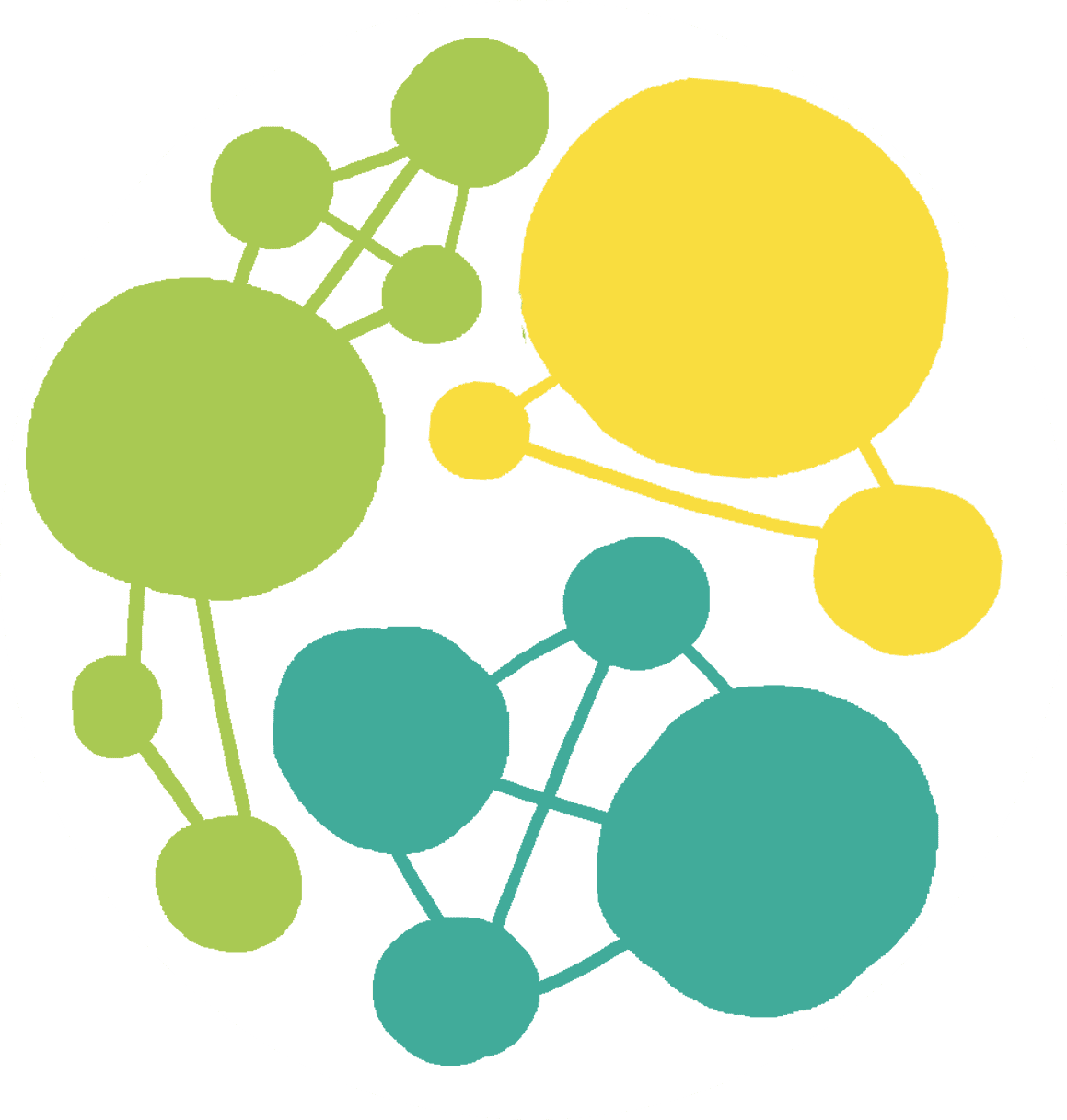
Form and Meaning in a Sign Language Lexicon
Boston University Naomi Caselli
February 16, 2022 · 4:30 pm—6:00 pm · Zoom
Program in Linguistics

Decades of research has shown that the structure and acquisition of signed and spoken languages is often quite similar despite superficial differences between the auditory/oral and visual/manual modalities. Still, the signed and spoken lexicons differ in important ways. First, like spoken languages sign languages have phonological structure, but the phonological composition of word forms are different in the two modalities spoken languages (simultaneously produced handshapes, locations and movements vs. sequences of segmental sounds). Second, iconicity is a salient characteristic of the American Sign Language lexicon; many sign forms resemble their meanings. In this talk, Dr. Caselli will consider how these distinctive characteristics may affect how the signed lexicon is structured, learned, and used.
Naomi Caselli is an Assistant Professor in the Programs in Deaf Studies at the Wheelock College of Education and Human Development at Boston University. She is the PI on several NIH and NSF funded grants examining to vocabulary of ASL, and how language deprivation affects how people learn and process ASL signs. She earned a joint PhD in Psychology and Cognitive Science from Tufts University, as well as an Ed.M. in Deaf Education and an M.A. in Psychology from Boston University. She is hearing, and a native speaker of both ASL and English.















